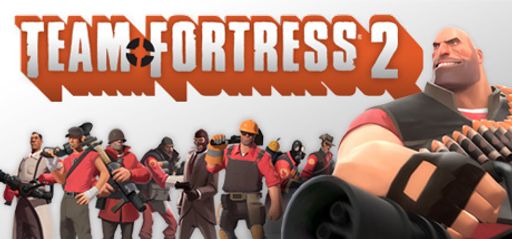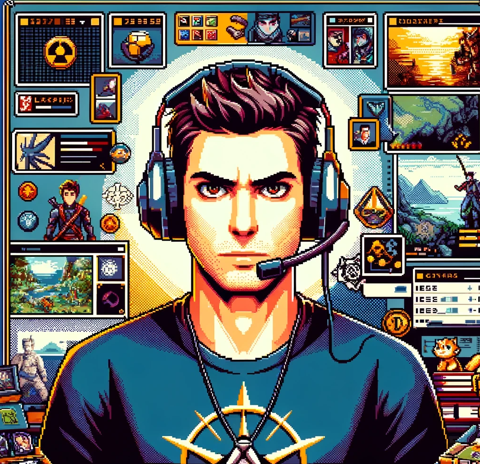 Hey team, let’s dive into Team Fortress 2. Developed and published by Valve, this free hero shooter still shines. To start, one Steam reviewer called it a masterpiece with silk‐smooth gameplay and killer art style. Since its debut, with overhauls since 2007 on the Source engine, TF2 feels polished. I adore hunting down every hat, side quest, and achievement in each map.
Hey team, let’s dive into Team Fortress 2. Developed and published by Valve, this free hero shooter still shines. To start, one Steam reviewer called it a masterpiece with silk‐smooth gameplay and killer art style. Since its debut, with overhauls since 2007 on the Source engine, TF2 feels polished. I adore hunting down every hat, side quest, and achievement in each map.
 I agree. In particular, Valve’s updates—summer, Halloween, winter—keep me hunting secret corners on maps like Badlands and Granary. I’ve stumbled on hidden rocket-jump courses and custom community modes. In fact, a user said TF2 cured their depression, and I get that. Every time, exploring new Payload routes feels like discovering fresh open-world quests.
I agree. In particular, Valve’s updates—summer, Halloween, winter—keep me hunting secret corners on maps like Badlands and Granary. I’ve stumbled on hidden rocket-jump courses and custom community modes. In fact, a user said TF2 cured their depression, and I get that. Every time, exploring new Payload routes feels like discovering fresh open-world quests.

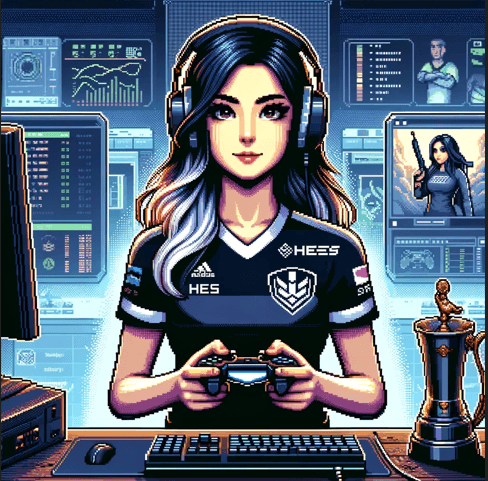 What’s more, the class depth stands out. Valve intended endless mechanical growth. I’ve mastered Soldier air-shots and Spy backstabs. Notably, Valve’s late-2017 weapons and 2018 balance hold up. Matchmaking still needs love—team stacking stings. Thankfully, practicing on offline servers helped me refine sticky-jump tactics. By comparison, to Overwatch, TF2’s raw physics let you outplay foes with skill alone.
What’s more, the class depth stands out. Valve intended endless mechanical growth. I’ve mastered Soldier air-shots and Spy backstabs. Notably, Valve’s late-2017 weapons and 2018 balance hold up. Matchmaking still needs love—team stacking stings. Thankfully, practicing on offline servers helped me refine sticky-jump tactics. By comparison, to Overwatch, TF2’s raw physics let you outplay foes with skill alone.
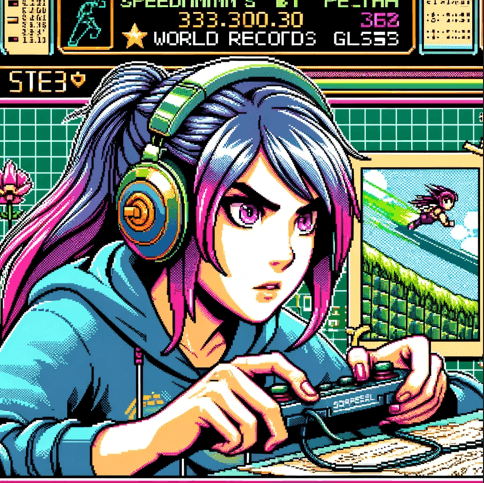 For speedrunners especially, TF2 offers outrageous rocket jumps on Koth_Pro_viaduct. I’ve shaved seconds off flag caps. Valve’s map design rewards bunny hopping and crouch-jump combos. To improve my runs, I use console scripts to bind jump to mouse wheel—fast getaways. Encouragingly, the June 2024 bot ban shows Valve listens. Now servers feel cleaner for high-speed runs.
For speedrunners especially, TF2 offers outrageous rocket jumps on Koth_Pro_viaduct. I’ve shaved seconds off flag caps. Valve’s map design rewards bunny hopping and crouch-jump combos. To improve my runs, I use console scripts to bind jump to mouse wheel—fast getaways. Encouragingly, the June 2024 bot ban shows Valve listens. Now servers feel cleaner for high-speed runs.
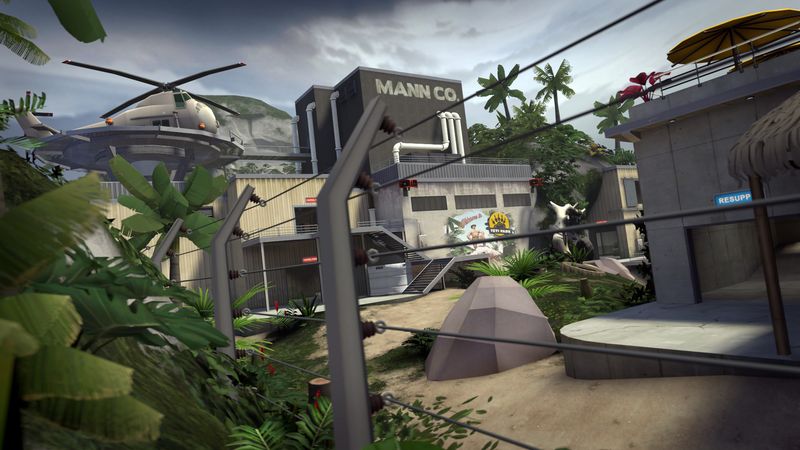
 Mechanically speaking, I love unlocking every weapon and cosmetic via crafting or trading. Valve’s Mann Co. Store items also drop in-game, so I never feel forced to pay. Personally, collecting those 500 hats is my white whale. Compared to Fortnite’s loot system, TF2 feels fairer.
Mechanically speaking, I love unlocking every weapon and cosmetic via crafting or trading. Valve’s Mann Co. Store items also drop in-game, so I never feel forced to pay. Personally, collecting those 500 hats is my white whale. Compared to Fortnite’s loot system, TF2 feels fairer.
 From a design standpoint, the lack of a heavy narrative suits its pick-up-and-play style. Developer interviews show Valve focused on replayable matches over linear plot. Instead, lore lives in comics and “Meet the Team” videos. It builds a fun universe without bogging you down.
From a design standpoint, the lack of a heavy narrative suits its pick-up-and-play style. Developer interviews show Valve focused on replayable matches over linear plot. Instead, lore lives in comics and “Meet the Team” videos. It builds a fun universe without bogging you down.
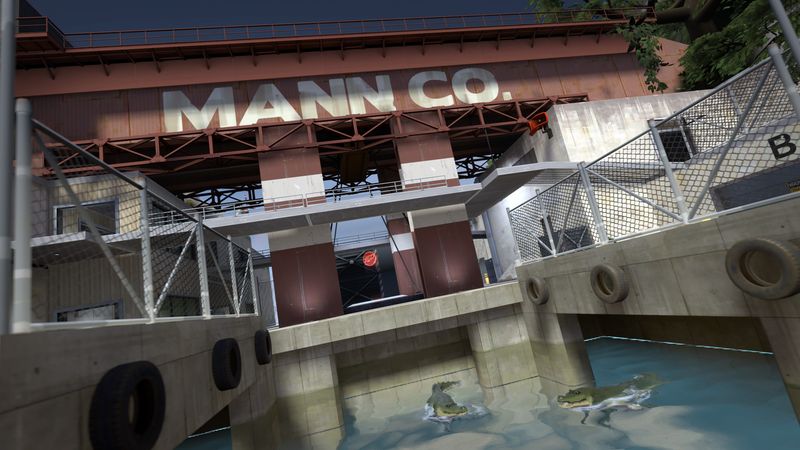
 Visually, Source’s cel-shaded art makes every team pop. Bright palettes help quick target recognition. Valve’s designers cited Team America and Mad magazine as inspirations. Better yet, it runs smoothly on low-end rigs too. I’ve tested it at 60 fps on seven-year-old PCs.
Visually, Source’s cel-shaded art makes every team pop. Bright palettes help quick target recognition. Valve’s designers cited Team America and Mad magazine as inspirations. Better yet, it runs smoothly on low-end rigs too. I’ve tested it at 60 fps on seven-year-old PCs.
 Audio-wise, the Scout’s taunt song and Heavy’s laugh pump me up. Footstep cues let me track enemy Spies. The soundtrack hits hard in Control Point battles. Voice lines are crisp, and each class feels alive. All in all, Valve’s sound team nailed it.
Audio-wise, the Scout’s taunt song and Heavy’s laugh pump me up. Footstep cues let me track enemy Spies. The soundtrack hits hard in Control Point battles. Voice lines are crisp, and each class feels alive. All in all, Valve’s sound team nailed it.
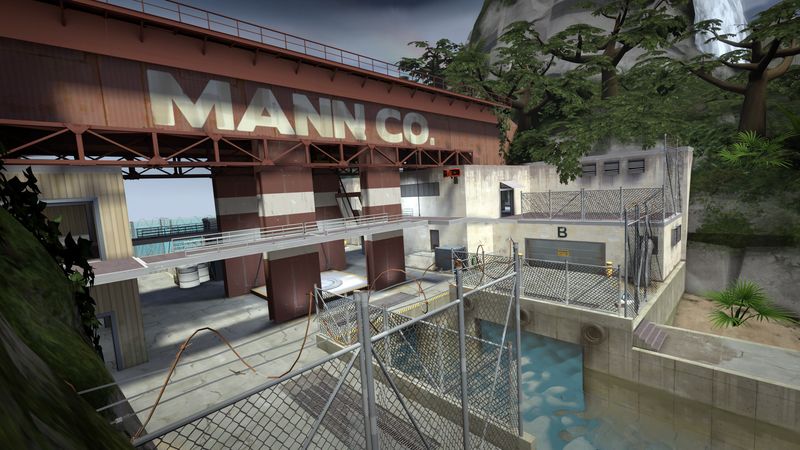
 Speaking of characters, nine unique classes come with wild backstories. The Pyro’s identity mystery still fascinates me. Valve includes diverse accents, genders, and silhouettes. As a result, this design makes each pick feel fresh and inclusive.
Speaking of characters, nine unique classes come with wild backstories. The Pyro’s identity mystery still fascinates me. Valve includes diverse accents, genders, and silhouettes. As a result, this design makes each pick feel fresh and inclusive.
 When it comes to difficulty, challenge scaling works well. Newcomers get offline practice and detailed training modes. Hardcore vets can join community rocket-jump servers. Some users note difficulty spikes in casual queues, but even so, that hump helps you learn.
When it comes to difficulty, challenge scaling works well. Newcomers get offline practice and detailed training modes. Hardcore vets can join community rocket-jump servers. Some users note difficulty spikes in casual queues, but even so, that hump helps you learn.
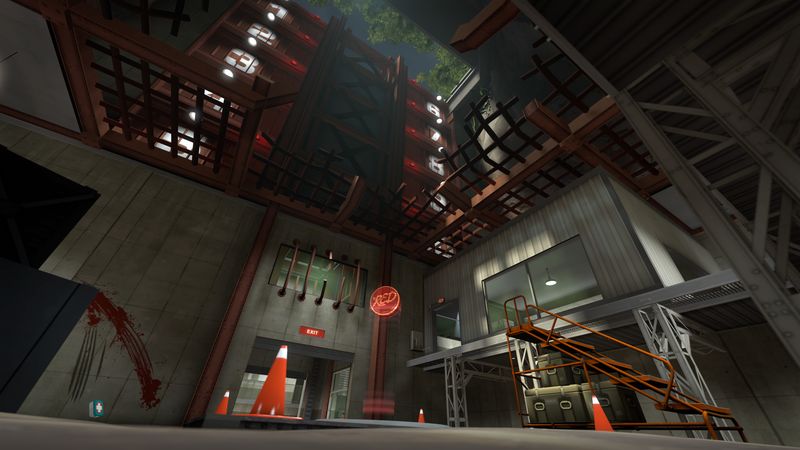
 As for replay value, it’s infinite. Achievements for every hat, killstreak, and map win keep me coming back. Community servers host custom game modes like Prop Hunt. Simply put, no hero shooter matches its longevity.
As for replay value, it’s infinite. Achievements for every hat, killstreak, and map win keep me coming back. Community servers host custom game modes like Prop Hunt. Simply put, no hero shooter matches its longevity.
 Moreover, speedrunners have weekly leaderboards on community maps. I jump back in just to beat my own record. TF2’s variety means you rarely burn out.
Moreover, speedrunners have weekly leaderboards on community maps. I jump back in just to beat my own record. TF2’s variety means you rarely burn out.
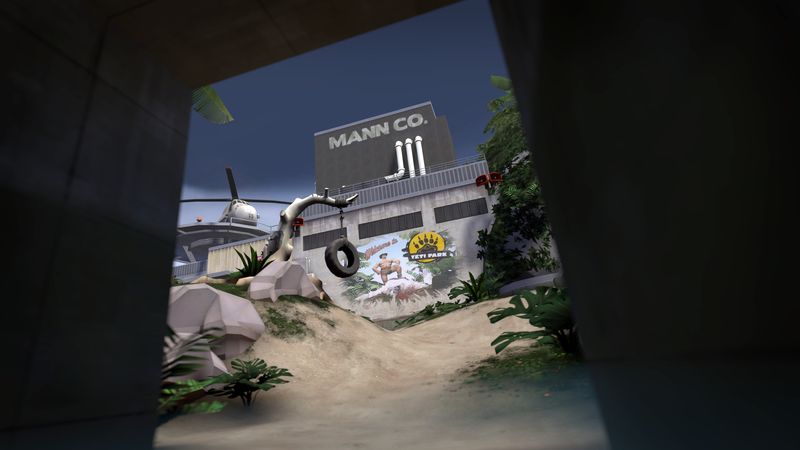
 Final thoughts? Team Fortress 2 remains a genre-defining hero shooter. Its constant updates and Valve’s flat studio culture fuel innovation. Whether you love deep class mastery or hat collecting, TF2 delivers.
Final thoughts? Team Fortress 2 remains a genre-defining hero shooter. Its constant updates and Valve’s flat studio culture fuel innovation. Whether you love deep class mastery or hat collecting, TF2 delivers.
 If you crave dynamic multiplayer, try Paladins. It’s free, hero-shooter style with era-spanning champions.
If you crave dynamic multiplayer, try Paladins. It’s free, hero-shooter style with era-spanning champions.
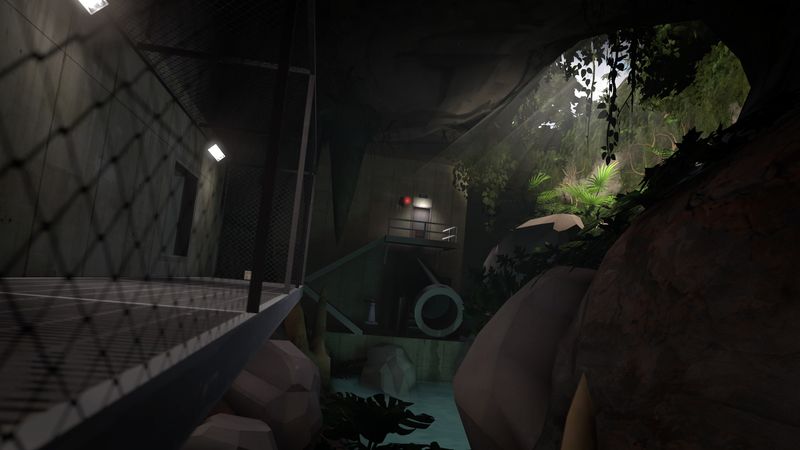
 Meanwhile, competitive fans should check out Valorant. Its tactical gunplay balances hero abilities.
Meanwhile, competitive fans should check out Valorant. Its tactical gunplay balances hero abilities.
 For those interested in movement tricks, quirkier guns, and mods, give Dirty Bomb a spin. Its community maps reward skilled jumps.
For those interested in movement tricks, quirkier guns, and mods, give Dirty Bomb a spin. Its community maps reward skilled jumps.
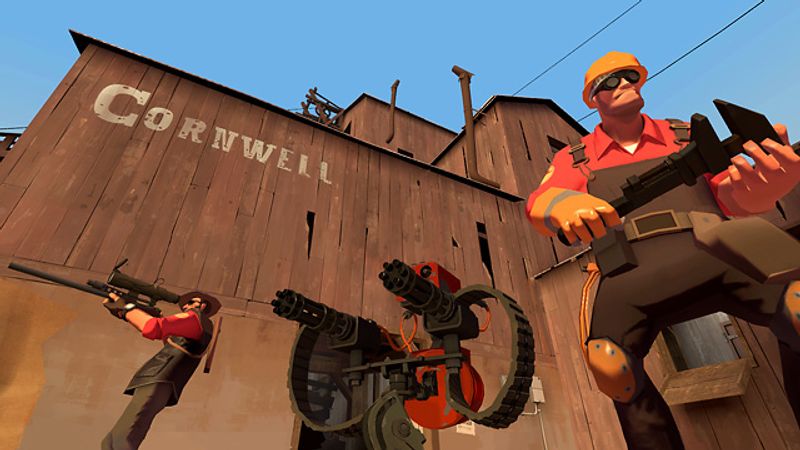
 Lastly, Overwatch offers polished hero designs and a tight matchmaking system. All four titles scratch that class-based shooter itch.
Lastly, Overwatch offers polished hero designs and a tight matchmaking system. All four titles scratch that class-based shooter itch.

